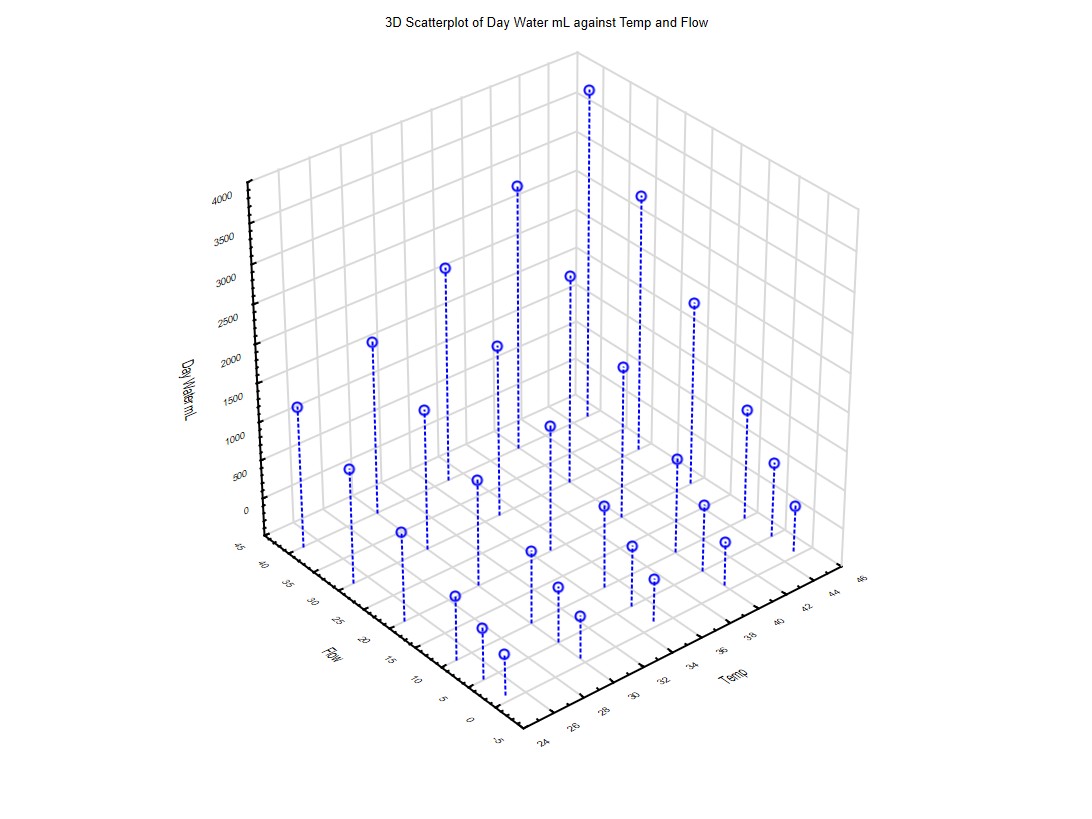Critical Care
Category: Abstract Submission
Critical Care II
21 - High Flow Nasal Cannula and Inadvertent Water Delivery
Saturday, April 23, 2022
3:30 PM - 6:00 PM US MT
Poster Number: 21
Publication Number: 21.201
Publication Number: 21.201
Mitchell Goldstein, Loma Linda University Children's Hospital, Loma Linda, CA, United States
- MG
Mitchell R. Goldstein, MD, MBA, CML
Professor
Loma Linda University Children's Hospital
Loma Linda University Children's Hospital
Loma Linda, California, United States
Presenting Author(s)
Background: The use of high-flow nasal cannula has gained in popularity. This modality has precluded the requirement for intubation or been used as an alternative to more uncomfortable non-invasive continuous positive airway pressure solutions. Although there has been a decrease in ventilator-introduced lung injury (VILI), there is continued interest in finding different solutions to improve outcomes. One area that has not been adequately explored is free water entrained with high flow nasal cannula delivery. Large flows may entrain larger quantities of water over time.
Objective: Is the water entrained with a high flow nasal cannula significant enough to significantly increase fluid intake?
Design/Methods: A model of humidification of entrained gas was created. Samples were modeled at 25, 30, 35, and 40 oC with the assumption of 100% humidification in the circuit. Relative humidity (RH) is the ratio of the amount of water vapor in the air to the amount it could hold when saturated as a percentage. RH = 100 x (e/ew). Absolute humidity (AH) is the mass of water vapor in a unit volume of air and measures the air's water vapor content. AH = mv/V. The vapor pressure from the relative humidity and saturation vapor pressure is e=ew x RH/100. PV = m/M x RT uses the general law of perfect gases. This is eV =mRvT, where R is the universal gas constant defined as 8313.6, and Rv is the specific gas constant for water vapor defined as 461.5. The mass volume ratio is m/V = e/RvT which is absolute humidity. Flows of 1, 5, 10, 20, 30, and 40 LPM were assessed. Water delivery per liter volume was calculated and extrapolated to per day (graph 1). Using 10 LPM, the contribution of fluid per kg at 0.5, 1.0, 5.0, 10.0, and 20.0 Kg was estimated (graph 2).
Results: The results are as indicated graphically. Higher temperature, high flow, and lower body weight were associated with an increased potential percentage of inadvertent water delivery.Conclusion(s): The inadvertent administration of free water can have significant consequences for patient care. There is a potential for surfactant washout, the creation of an environmental milieu that favors bacterial growth, and freshwater aspiration. In smaller patients, the amount of fluid can contribute significantly to the total fluid intake and result in fluid/electrolyte imbalance, the persistence of the patent ductus arteriosus, and congestive heart failure. Although a certain amount of humidification is necessary to prevent airway drying and associated thickened sections, flow delivery of highly humidified gas must be minimized to avoid unintended effects.
Water entrained in a day at designated Temperature and Flow Large flows provide very high water delivery and could be problematic in smaller patients.
Large flows provide very high water delivery and could be problematic in smaller patients.
10 LPM.jpg) At 10 LPM, smaller patients entrain enough water to exceed their daily target fluid delivery
At 10 LPM, smaller patients entrain enough water to exceed their daily target fluid delivery
Objective: Is the water entrained with a high flow nasal cannula significant enough to significantly increase fluid intake?
Design/Methods: A model of humidification of entrained gas was created. Samples were modeled at 25, 30, 35, and 40 oC with the assumption of 100% humidification in the circuit. Relative humidity (RH) is the ratio of the amount of water vapor in the air to the amount it could hold when saturated as a percentage. RH = 100 x (e/ew). Absolute humidity (AH) is the mass of water vapor in a unit volume of air and measures the air's water vapor content. AH = mv/V. The vapor pressure from the relative humidity and saturation vapor pressure is e=ew x RH/100. PV = m/M x RT uses the general law of perfect gases. This is eV =mRvT, where R is the universal gas constant defined as 8313.6, and Rv is the specific gas constant for water vapor defined as 461.5. The mass volume ratio is m/V = e/RvT which is absolute humidity. Flows of 1, 5, 10, 20, 30, and 40 LPM were assessed. Water delivery per liter volume was calculated and extrapolated to per day (graph 1). Using 10 LPM, the contribution of fluid per kg at 0.5, 1.0, 5.0, 10.0, and 20.0 Kg was estimated (graph 2).
Results: The results are as indicated graphically. Higher temperature, high flow, and lower body weight were associated with an increased potential percentage of inadvertent water delivery.Conclusion(s): The inadvertent administration of free water can have significant consequences for patient care. There is a potential for surfactant washout, the creation of an environmental milieu that favors bacterial growth, and freshwater aspiration. In smaller patients, the amount of fluid can contribute significantly to the total fluid intake and result in fluid/electrolyte imbalance, the persistence of the patent ductus arteriosus, and congestive heart failure. Although a certain amount of humidification is necessary to prevent airway drying and associated thickened sections, flow delivery of highly humidified gas must be minimized to avoid unintended effects.
Water entrained in a day at designated Temperature and Flow
 Large flows provide very high water delivery and could be problematic in smaller patients.
Large flows provide very high water delivery and could be problematic in smaller patients.10 LPM
.jpg) At 10 LPM, smaller patients entrain enough water to exceed their daily target fluid delivery
At 10 LPM, smaller patients entrain enough water to exceed their daily target fluid delivery